The Family and Medical Leave Act (FMLA) was enacted in 1993 and provides eligible workers with unpaid time off to meet family responsibilities, such as caring for a new baby or an adopted child, or for looking after a sick child, spouse, or parent. In addition under the FMLA, your employer must give you your job back or give you another job with equivalent pay and benefits.
In addition to the FMLA, the following amendments are part of the National Defense Authorization Act (H.R. 4986) (in effect as of January 16, 2009) and extend coverage to military personnel:
- Employees with spouses, children, or parents who are now serving on (or who have been called up for) active duty in the military for up to 12 weeks of unpaid leave for a qualified emergency arising from a family member's active military duty.
- If loved ones become seriously ill or injured while on active duty, coverage may be extended up to 26 weeks of unpaid leave each year.
That's the FMLA in a nutshell, and most human resources departments follow these policies as best they can. The tricky part comes when companies update how they deal with FMLA requests by employees when there are constant modifications or updates to these rulings. Constant supervision of the release of FMLA benefits is necessary.
For instance, on May 27, 2015, the Department of Labor ("DOL") issued new model Family and Medical Leave Act ("FMLA") notices and medical certification forms. The previously issued forms expired as of February 28, 2015, without any update by the DOL. These new model forms are valid through May 31, 2018.
Also, the Genetic Information Nondiscrimination Act ("GINA") was added in 2008 to solidify rules for how information is shared with employers or how employers can use information gained under the FMLA. New changes to FMLA forms will now acknowledge the obligations of employers and health care providers under the Genetic Information Nondiscrimination Act ("GINA") by including requisite disclosure language. The language itself is not new, but its inclusion in the DOL's FMLA forms serves as a clarification of rules and recommendations that have been in place with GINA.
As a reminder, under GINA:
- employers are required to maintain records and documents relating to medical certifications, recertifications, or medical histories of employees created for FMLA purposes as confidential medical records in files/records that are separate from personnel files if such certifications, recertifications, or histories are covered by GINA; and
- health care providers should not provide any information about:
- genetic tests or genetic services on FMLA certification forms; or
- the manifestation of disease or disorder in the employee's family members on the Certification of Health Care Provider for Employee's Serious Health Condition form.
What Employers Need To Do Now:
- Ensure your FMLA forms are current.
- Review GINA-related obligations with human resources personnel and/or company medical professionals, if applicable, to ensure GINA compliance.
- Train human resources personnel and/or company medical professionals on what information can and cannot be sought in connection with FMLA forms pursuant to GINA.
Constant training and retraining of human resources personnel and/or company medical professionals is necessary when dealing with DOL regulations and FMLA/GINA rules, as may change or update without notice. The cost associated with this updating and retraining is negligible when considering the cost of claims against the company for new rules that were not followed due to not keeping up with the new policies.
Call Burnett Wilson Law at (402) 810-8611 or contact us online to schedule a free consultation.
Information from a Blog for Epstein Becker Green, "Department of Labor publishes updated family and Medical Leave Act forms"

